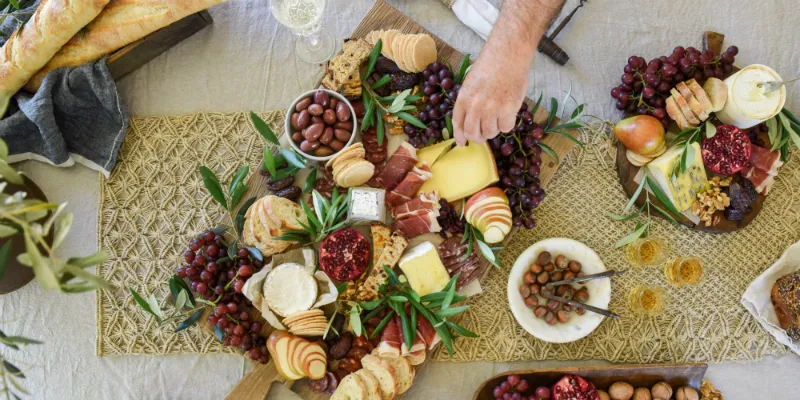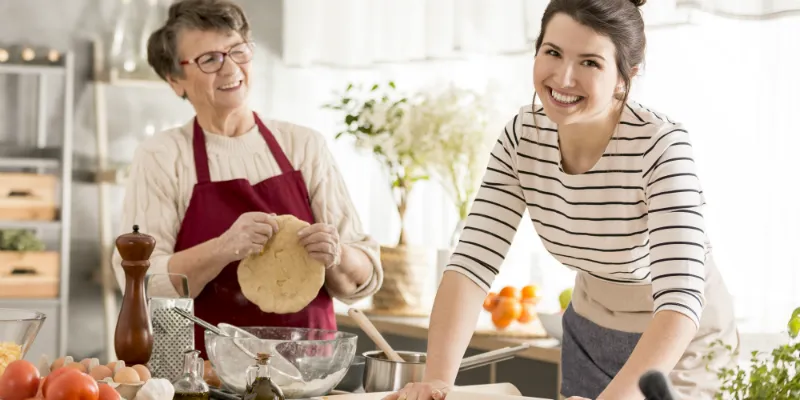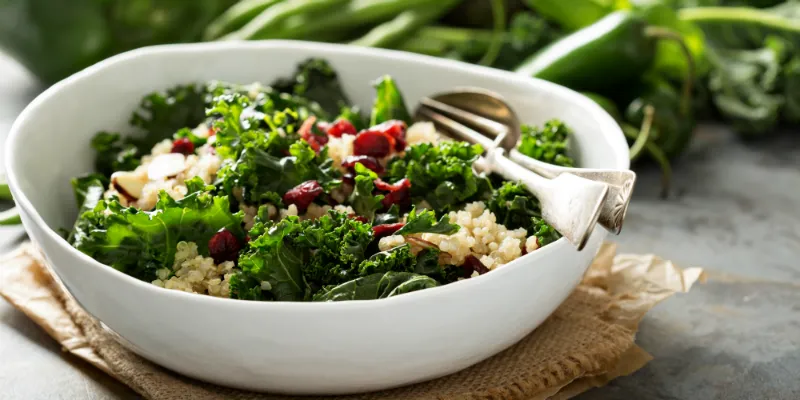Grazing tables and one pot meals: Catch the new food trends of the year
Tired of the multi-cuisine fare in most restaurants? Or the Keto diet fads that everyone has been talking about? Here are the latest updates on the food scene this year and according to our columnist, there are many changes ahead. It will be the year of home cooked meals, pegan diets and lean, mean fare and more. Read on...
What are the likely popular food trends in 2019? Expert opinion is divided, but by and large, here are some of the hot faves you are likely to encounter at mealtimes.
The Pegan diet will become popular, which is, the Paleolithic + Vegan, geddit?
Pegan perspective
Pegans strive towards achieving 75 percent of their daily intake from fruits and vegetables with 25% coming from animal proteins such as chicken, beef, fish, and eggs.
It’s not quite that simple though; the protein intake has to be from grass-fed and antibiotic-free animals, yep organic. The sea change (if you will permit a dreadful pun) from the Pegan perspective is that they consider meat a condiment, yes that’s right, like a pickle, which seems an eminently sensible way to cut down on one’s protein intake.
There’s a bunch of other stuff like cooking with high-quality fats while steering clear of sunflower and groundnut oils. Pegans swear by olive, coconut, and avocado oils in addition to omega-3 fats, all of which are Paleo staples. Peanuts are a no-go since they are leguminous and limit the amount of saturated fats, while soya is not too popular either. Gluten-free whole grains like quinoa, bulgur, wild rice and brown rice are the rock stars of the Pegan menu and they prefer tiny portions of small-grained lentils, since large, starchy beans cause digestive issues and bloating, eeuw, gross.
Bring in the grazing tables

The concept of grazing tables where attractively presented finger food, toothsome nibbles and crisp, elegant crudités (fancy name for sliced veggies) paired with yoghurt-based dips, will soon become the rage. Instead of a dining table groaning under the weight of the obligatory biryani, raita and salan or lasagna, potato salad and caramel custard, millennials are moving on to lighter, visually appealing food.
It’s pointless to splash out on a personal trainer and work out like a maniac when one can exercise a little restraint and eat sensibly instead. The major advantage of grazing tables is that you pick and choose your favourites instead of munching your way stolidly through the entire menu.
So, how about tacos filled with smoky, free-range chicken, topped with a pineapple salsa? Or sourdough topped with lean bacon, sliced avocado and jalapenos. Think of light, flavourful, yoghurt-based soups, topped with crunchy bean sprouts, a squeeze of lemon and a dash of chopped chilli to hit the spot, in place of a greasy burger or those sad looking chicken wings.
Left-over magic

Left-overs never tasted so good: think roast lamb enlivened with chimmichuri, made with fresh parsley, garlic, oregano, red wine vinegar, chilli flakes and olive oil, on a crusty sourdough baguette: totally awesome.
Or cold noodles with sesame sauce, which is an old Cantonese staple modernised. In place of egg noodles, use soba or buckwheat noodles with a thin sauce consisting of hot oil, grated ginger, light soya, a pinch of jaggery, minced garlic and rice vinegar. Pre-cook and chill the noodles, add a bit of shredded chicken or paneer, a touch of finely sliced cucumber and feel like Charlie Chan’s No 1 son.
Sliced ginger, cucumber and lemon-infused water in a glass jug at your workbench will replace frequent trips to the watercooler: that’s so yesterday, dude. I mean, your name’s not Dagwood Bumstead, right?
Eating in is the new normal

Home cooking is likely to become far more popular especially with the tendency to binge-watch Netflix. Why eat out when there are plenty of reasons to eat in?
Given the steadily increasing cost of restaurant dining versus the bargains available online and in the supermarket, more diners will stay home in 2019. According to reliable research, 50% of household dining expenses are spent on restaurants while 82% of the meals are prepared at home. Increasing rentals, wages, tight finances and higher tariffs are key factors which will slow the restaurant trade.
Pricing aside, another reason is that millennials, a 75 million market segment, are unafraid to cook. A study by Better Homes & Gardens indicates that 93% of millennials spend four nights a week dining in or getting their parents to Dunzo a home cooked meal in a dabba.
Food kits come to the fore
And let’s not forget the popularity of meal kits and better ready-to-cook prepared food, which collectively contribute to this path-breaking trend. Celebrity chefs like Jamie Oliver are fuelling this courageous move: there’s something deeply primal about selecting one’s food, discovering a great marinade and then slapping it on the grill. Foil meals are also becoming quite popular.
One pot creations

Then there’s the Instant Pot which can make an array of dishes from soups, stews, rice, porridge and risotto to yoghurt. Priced at Rs 7000/ this is a revolutionary gadget that can transform the most terrified amateur cook into a gourmet chef. Devotees, who call themselves Potheads, trip on stuff like the unit’s timer set at 5.20 which, go figure, means, “I love you,” in Mandarin, the native language of the founder, Robert Wang.
Sour flavours rule the roost
In terms of trendy flavours, this year is likely to be all about sour foods. Thanks to the popularity and influence of Korean, Mexican and Persian cuisines, sour will become the new “sweet”. According to Forbes magazine, “Think kimchi tacos, quesadillas, mac-and-cheese and ice cream in Korean-inspired “new” American dishes; vinegar-based recipes, marinades and sauces on Filipino menus; and plenty of tartness from calamansi, rhubarb, sour oranges, tamarind and pomegranate in Persian restaurants.” Actually, the main ingredient is “sumac”, which is a wonderfully versatile rub that enhances the flavor of grilled meat.
Lean mean dining options

Kale, purple cabbage, bok choy, baby spinach and mushrooms are the new go-to options for diners in search of a lean, mean dining option. Almond butter and pomegranate kombucha will be stocked on kitchen shelves to be paired with sourdough bread and salads.
And then there’s this new trend. Cannabidiol, commonly known as CBD, aka cannabis sativa. CBD expert Boris Sharansky of Papa & Barkley claimed in a recent interview that the oil sourced from the hemp plant's seeds, stalks, and stems is 100 percent safe and ingesting it can help to calm anxiety, while topical use can help to heal inflammation and ease muscle pain. CBD cocktails. Whoa, way to go!
.







